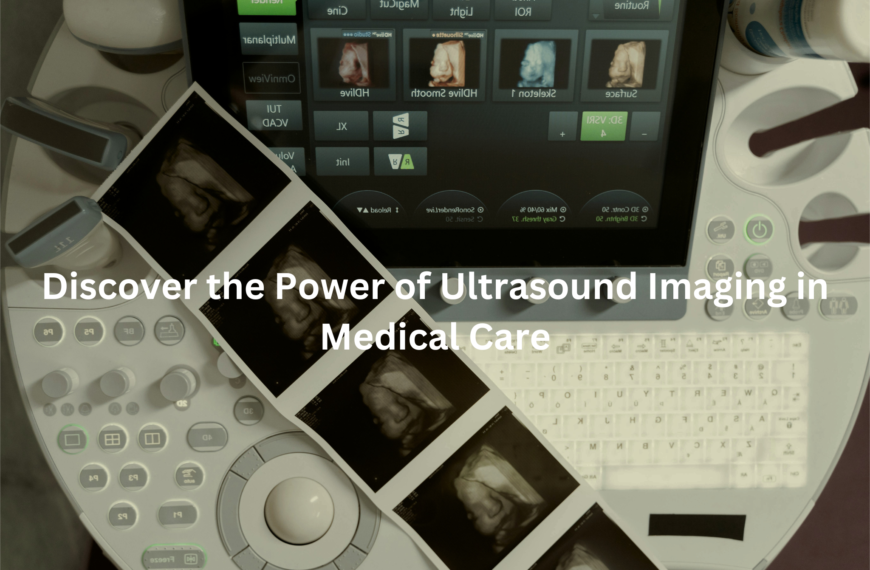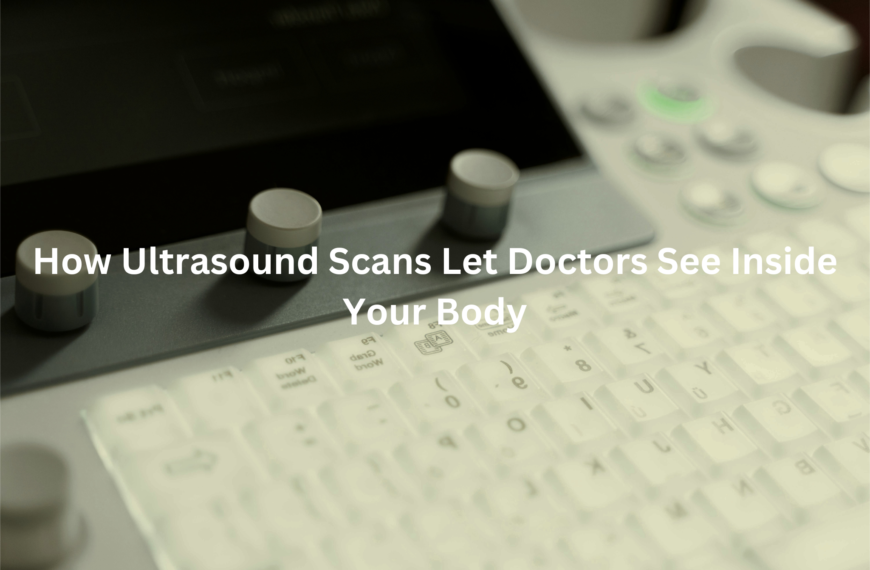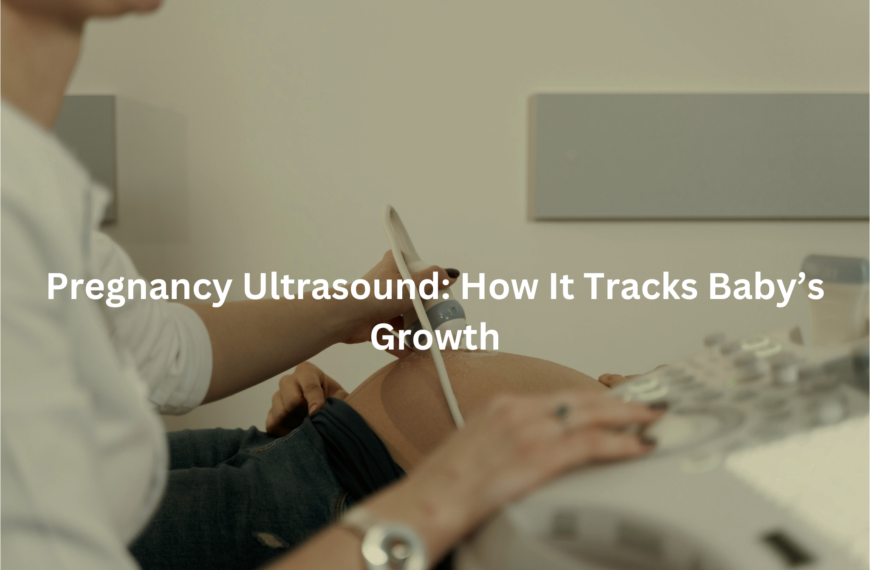Understand bone density tests, why they matter, and how they help prevent fractures before they happen.
A bone density test is essential for assessing bone health and reducing the risk of fractures. Whether due to age, family history, or lifestyle factors, early detection of low bone density can help prevent osteoporosis. This article covers the different types of bone density tests, what to expect, and how to maintain strong bones.
Key Takeaways
- DXA scans are the gold standard for measuring bone density and diagnosing osteoporosis.
- Risk factors such as age, lifestyle, and medical conditions determine who should be tested.
- A healthy diet, exercise, and medical treatments can help maintain bone strength and lower fracture risk.
What is a Bone Density Test
You don’t really think about your bones—until something goes wrong. A fall that shouldn’t have caused much damage suddenly leaves you with a fracture. Or maybe your back starts aching, not from bad posture, but from something deeper. That’s where a bone density test comes in.
A bone density test, or bone densitometry, measures how strong your bones are. It checks for osteoporosis, a condition where bones become weak and brittle, increasing the risk of fractures. Most of the time, people don’t even realise they have it until something snaps. That’s the real danger—it creeps up without warning.
This test is especially useful for older adults, particularly postmenopausal women, since oestrogen loss speeds up bone thinning. But it’s not just for them. Anyone with risk factors like chronic illnesses, long-term steroid use, or a family history of fractures should consider getting checked. (1)
Types of Bone Density Tests
Credits: MD Anderson Cancer Center
DXA Scan (Gold Standard)
A DXA (Dual-energy X-ray Absorptiometry) scan is the best and most common test for measuring bone density. It’s quick, painless, and accurate. The scan focuses on key areas like the hip, spine, and femur, since fractures in these spots can seriously impact mobility.
Here’s how it works: You lie on a table while a low-dose X-ray machine passes over you. It measures the density of calcium and other minerals in your bones. The radiation exposure is minimal—about the same as spending a few hours outside in the sun.
CT Scan
A CT scan can also measure bone density, but it’s not the first choice. Why? Higher radiation exposure. It’s usually used when a DXA scan isn’t available or if a more detailed look is needed, like for the spine.
Heel Ultrasound
A heel ultrasound is a quick screening tool that checks bone density in your heel. It’s often done in pharmacies or GP clinics. Sounds convenient, right? The catch is, it’s not as accurate as a DXA scan. If your results indicate potential bone loss, you’ll still need a proper DXA scan to confirm. (2)
Who Should Have a Bone Density Test?
Credits: Mayfair Diagnostics
Most people don’t think about bone health until later in life, but some should get tested earlier.
Higher-Risk Groups
- Women over 65 and men over 70 – Bone loss speeds up with age.
- Postmenopausal women – Oestrogen protects bones, and once it’s gone, bone density drops fast.
- Anyone with a family history of osteoporosis or fractures – Genetics plays a role.
- People with chronic conditions – Rheumatoid arthritis, diabetes, kidney disease, and some cancers increase bone loss risk.
- Long-term steroid users – Medications like prednisone can weaken bones over time.
- Those with a history of fractures from minor falls – If you broke a bone from something that shouldn’t have caused it, that’s a red flag.
Lifestyle Factors That Increase Risk
- Low calcium and vitamin D intake – Your bones need these to stay strong.
- Smoking and excessive alcohol – Both interfere with bone-building processes.
- Inactivity – Weight-bearing exercises help maintain bone strength. If you’re mostly sedentary, you’re at higher risk.
Understanding Bone Density Test Results
Bone density results are measured using T-scores and Z-scores. It sounds technical, but it’s pretty straightforward.
T-Score
This compares your bone density to a healthy young adult:
- Above -1.0 – Normal
- Between -1.0 and -2.5 – Osteopenia (early-stage bone loss)
- Below -2.5 – Osteoporosis (high fracture risk)
Z-Score
This compares your bone density to others your age and gender. If it’s much lower than average, your doctor might look for underlying causes beyond just ageing.
How to Prepare for a DXA Scan
It’s an easy test, but there are a few things to keep in mind.
Clothing
Wear loose, comfortable clothes, but avoid metal—no zippers, buttons, or jewellery. Metal messes with the scan’s accuracy.
Pre-Test Restrictions
- No calcium supplements for 24 hours before the test. Too much calcium in your system can throw off the results.
- Tell your doctor if you’ve recently had a contrast X-ray (like a CT scan with dye). It can interfere with readings.
The scan itself takes about 10 to 15 minutes, and there’s no pain or recovery time. You just lie down, stay still, and let the machine do its thing.
How to Improve & Maintain Bone Health
You can’t change genetics or ageing, but you can slow bone loss with the right habits.
Diet & Nutrition
- Calcium – Adults need around 1000–1300 mg daily. Good sources: dairy, leafy greens, tofu, and almonds.
- Vitamin D – Helps absorb calcium. Sunlight is the best source, but supplements may be needed if levels are low.
Exercise
- Weight-bearing activities – Walking, dancing, tennis—anything that makes you work against gravity.
- Resistance training – Lifting weights or bodyweight exercises (like squats and lunges) keep bones strong.
Medications & Treatments
If you have osteoporosis, doctors may prescribe:
- Bisphosphonates – Slow bone breakdown.
- Hormone therapy – Can help postmenopausal women.
- Denosumab & other treatments – For severe cases or those who can’t take bisphosphonates.
Radiation & Safety Considerations
Some people worry about radiation exposure. Let’s put that into perspective.
DXA Scan vs CT Scan Radiation
- DXA scan – Very low radiation (less than a day of natural background exposure).
- CT scan – Much higher radiation, similar to dozens of chest X-rays.
Australian Safety Regulations
The Royal Australian and New Zealand College of Radiologists (RANZCR) sets strict rules:
- DXA machines must have a radiation warning sign.
- X-ray generators must be labelled in English.
- Regular equipment maintenance and radiation checks are mandatory.
Conclusion
Bones often go unnoticed until problems arise, but by the time osteoporosis symptoms appear, the damage is usually irreversible. For those in high-risk groups, a bone density test is more than just a precaution—it can help prevent serious fractures.
Maintaining bone health is simple with a balanced diet and regular exercise. Even if no issues are present now, early detection is key. A quick, 10-minute scan could make a significant difference in the future.
FAQ
What is a bone density test?
A bone density test measures bone mass to check for bone loss and assess the risk of fracture. The most common type is the DXA scan, also called a DEXA scan, which is a type of medical imaging that helps determine bone strength.
Who should get a bone density test?
People with risk factors for bone fractures—such as a history of broken bones, chronic renal conditions, liver disease, or low levels of growth hormone—should consider density testing. Age-matched results help compare bone health with others of the same age.
What types of tests measure bone density?
There are different types of tests to measure bone density. The DXA test (also called a dual energy scan) is the most common. Other methods include CT scans, which use a higher radiation dose, and bone scans, which check bone activity but are not used for diagnosing osteoporosis.
What does a DXA scan measure?
A DXA scan (or DEXA or DXA) measures bone mineral content in areas like the hip and spine, lumbar spine, and proximal femur. A central DXA scan focuses on the lower spine and hip fracture risk. The test also considers soft tissue around bones to ensure accuracy.
How do I prepare for a DXA scan?
Before a DXA test, wear loose-fitting clothing without metal and avoid taking calcium supplements 24 hours before. Your care provider may give specific instructions based on your health history.
What do bone density test results mean?
Results from density tests include a normal range or show decreased bone levels. A BMD test compares your amount of bone to young adults (T-score) and age-matched peers (Z-score). Lower scores mean an increased risk of fracture risk.
Can Medicare cover a bone density test in Australia?
MBS Online lists conditions where Medicare may cover a bone density test, such as previous bone fractures, low bone mass, or conditions affecting bone health like chronic renal disease. Coverage depends on eligibility and frequency limits.
References
- https://healthybonesaustralia.org.au/osteoporosis-you/diagnosis/
- https://www.betterhealth.vic.gov.au/health/conditionsandtreatments/bone-density-testing




